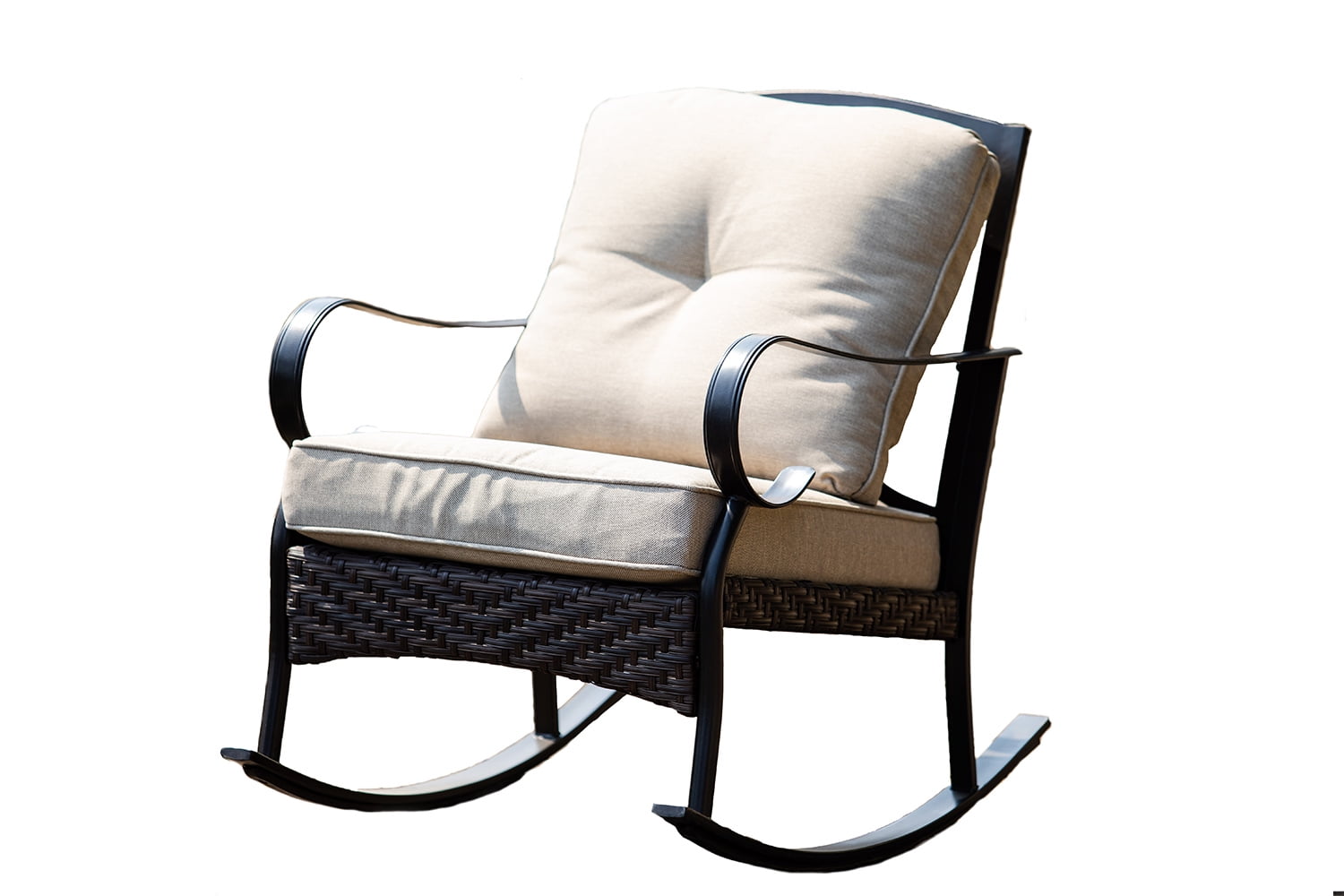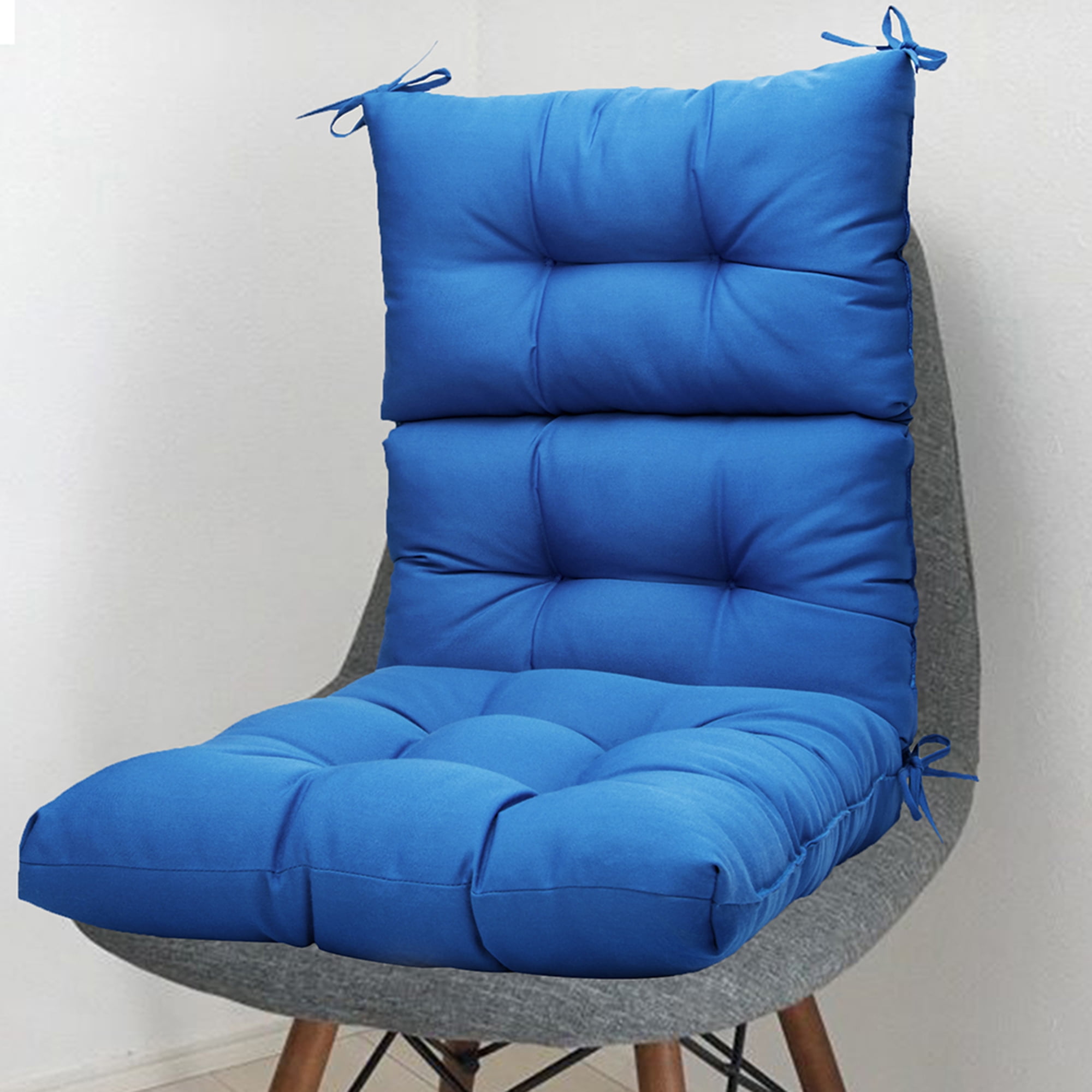Rocking Chair Cushion Care and Maintenance

Keeping your rocking chair cushions looking and feeling their best involves regular care and attention. Proper maintenance will extend their lifespan and ensure continued comfort for years to come. This section will guide you through cleaning methods, stain prevention, and minor repair techniques.
Cleaning Methods for Different Cushion Materials
The best cleaning method depends entirely on the cushion’s material. Always check the care label before attempting any cleaning. For example, a delicate fabric like velvet requires a much gentler approach than a durable outdoor canvas.
- Cotton and Linen: These materials are generally durable and can often be machine washed on a gentle cycle in cold water with a mild detergent. Air dry to prevent shrinking or fading. For stubborn stains, pre-treat with a stain remover specifically designed for fabrics.
- Polyester and other Synthetics: These are usually easy to care for. Spot clean with a damp cloth and mild soap, or machine wash on a gentle cycle according to the care instructions. Again, air drying is recommended.
- Velvet and other Delicate Fabrics: These fabrics are more sensitive. Spot clean only with a very soft brush and a mild, diluted detergent. Avoid excessive rubbing or moisture. Professional cleaning is recommended for heavily soiled cushions.
- Leather and Vinyl: Wipe clean with a damp cloth and a leather cleaner specifically designed for the material. Avoid harsh chemicals or abrasive cleaners. Condition regularly to keep the leather supple and prevent cracking.
Preventing Stains, Fading, and Wear and Tear
Proactive measures can significantly reduce the need for extensive cleaning and repairs.
- Immediate Stain Treatment: Blot up spills immediately with a clean cloth. Avoid rubbing, which can spread the stain. For tougher stains, use a suitable stain remover according to the fabric type.
- UV Protection: Keep cushions out of direct sunlight to prevent fading. Consider using a protective cover when not in use, especially during outdoor storage.
- Regular Cleaning: Regular vacuuming or brushing will remove dust and debris, preventing the build-up of dirt that can lead to staining and wear.
- Proper Cushion Placement: Avoid placing sharp objects or heavy items on the cushions, as these can cause punctures or damage the fabric.
Off-Season Storage
Proper storage protects cushions from damage and extends their lifespan.
- Clean Before Storing: Before storing, ensure the cushions are thoroughly clean and completely dry. This prevents mold and mildew growth.
- Protective Covers: Use breathable covers or bags to protect cushions from dust and moisture. Avoid using plastic bags, which can trap moisture.
- Cool, Dry Location: Store cushions in a cool, dry place away from direct sunlight and moisture. An attic or basement might not be ideal unless properly ventilated.
Refreshing and Plumping Cushions
Over time, cushions can lose their shape and plumpness. Regular fluffing and airing can help restore their comfort.
- Air Out: Take the cushions outside on a sunny (but not excessively hot) day to air them out. Sunlight helps to naturally freshen and sanitize them.
- Fluff and Shape: Regularly fluff and reshape the cushions to redistribute the filling and maintain their shape. Pay attention to areas that have become compressed or flattened.
- Rotate Cushions: Rotate cushions regularly to distribute wear evenly. This helps prevent uneven flattening and extends their lifespan.
Repairing Minor Damage
Minor tears or loose seams can often be easily repaired with basic sewing skills.
- Assess the Damage: Carefully examine the tear or loose seam to determine the extent of the damage. For larger tears or complex damage, professional repair may be necessary.
- Gather Supplies: You will need needle, thread that matches the cushion fabric, and scissors. For larger tears, you might need fabric glue or patches. Imagine a small tear in a cotton cushion. A simple running stitch would be suitable.
- Repairing a Small Tear: For a small tear, carefully align the edges of the tear and use a needle and thread to sew them together using a simple running stitch. Ensure the stitches are small and even to create a neat repair. A picture would show a close-up of the needle and thread carefully stitching the edges together. The stitches would be small and almost invisible against the fabric.
- Repairing a Loose Seam: For a loose seam, carefully re-sew the seam using a backstitch to secure the stitches. Again, small, even stitches will create a neat and durable repair. A picture would show the backstitch neatly securing the seam, creating a strong and almost invisible repair.
Finding and Choosing the Perfect Rocking Chair Indoor Cushions

Finding the ideal cushions for your rocking chair can transform your relaxation experience. The right cushions offer comfort, support, and enhance the aesthetic appeal of your chair and room. Choosing wisely involves considering several key factors to ensure a perfect match for both your needs and your décor.
Cushion Dimensions, Shape, Color, and Style, Rocking chair indoor cushions
Selecting the right cushions starts with accurate measurements. Measure your rocking chair’s seat to determine the ideal cushion size. Too small, and you’ll miss crucial support; too large, and the cushion might bunch up, affecting both comfort and appearance. Consider the shape – square, rectangular, or even round cushions – to best complement your chair’s design. The color should harmonize with your chair and the overall room décor. A bold color can add a pop of personality, while neutral tones offer a more understated elegance. Think about the style of your rocking chair and choose cushions that complement it. A rustic rocking chair might pair beautifully with burlap cushions, while a more modern chair could benefit from sleek, geometric designs.
Sources for High-Quality Rocking Chair Cushions
High-quality rocking chair cushions can be found in various places. Online retailers offer a vast selection with detailed descriptions and customer reviews, allowing for convenient comparison shopping. Sites like Amazon, Etsy, and Wayfair often showcase a wide range of styles and price points. Home goods stores, such as Target, Walmart, and Pottery Barn, offer both in-store browsing and online ordering options, allowing you to assess the quality and feel of the cushions in person. For truly unique and personalized cushions, consider contacting a custom cushion maker. They can create cushions tailored to your exact specifications, including size, shape, fabric, and filling. When comparing options, consider not only the price but also the quality of materials, construction, and the retailer’s return policy and customer service reputation.
Catering to Individual User Needs
The perfect rocking chair cushion is highly personalized. Consider the user’s comfort level and any physical limitations. For individuals who prefer extra support, thicker cushions with firm fillings like memory foam are ideal. These cushions provide excellent pressure relief and can help alleviate back pain. For those with mobility issues, cushions with handles or a slightly raised seat height can aid in easier sitting and standing. People who tend to overheat might prefer cushions made from breathable fabrics like cotton or linen. Conversely, those who prefer extra warmth may appreciate cushions filled with down or other insulating materials. A person with allergies should look for hypoallergenic filling materials.
